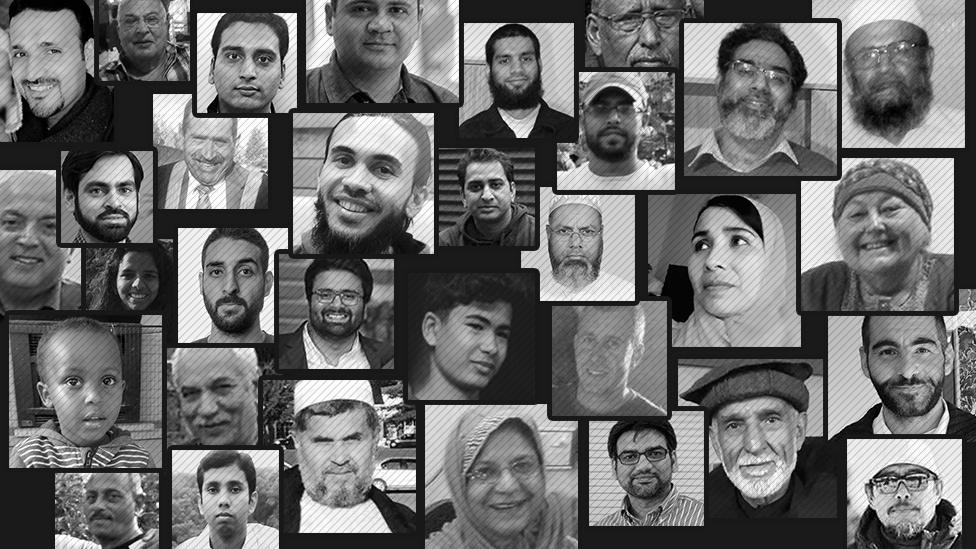Christchurch shootings: Erdogan criticised for showing NZ video
- Published

President Erdogan is trying to galvanise support ahead of local elections this month
Turkey's President Recep Tayyip Erdogan has been criticised for showing some of the New Zealand mosque gunman's video to bolster support at election rallies.
Mr Erdogan said part of gun suspect Brenton Tarrant's manifesto was to keep Turks from Europe.
New Zealand Foreign Minister Winston Peters told Turkish officials showing the video was "unfair" and endangered his country's citizens abroad.
Friday's attack on two mosques in Christchurch left 50 people dead.
The attacker live-streamed video of the killings and it was widely shared and downloaded as social media firms raced to take the footage down.
In New Zealand the footage has been classified as an objectionable publication and it is an offence to distribute or possess it.
Why did Mr Erdogan show the video?
Sunday's rallies were aimed at galvanising support among his conservative power base ahead of a local election at the end of this month.
The prime motive was to condemn global Islamophobia - along with the West's response to it - and to criticise political opponents inside Turkey as weak.
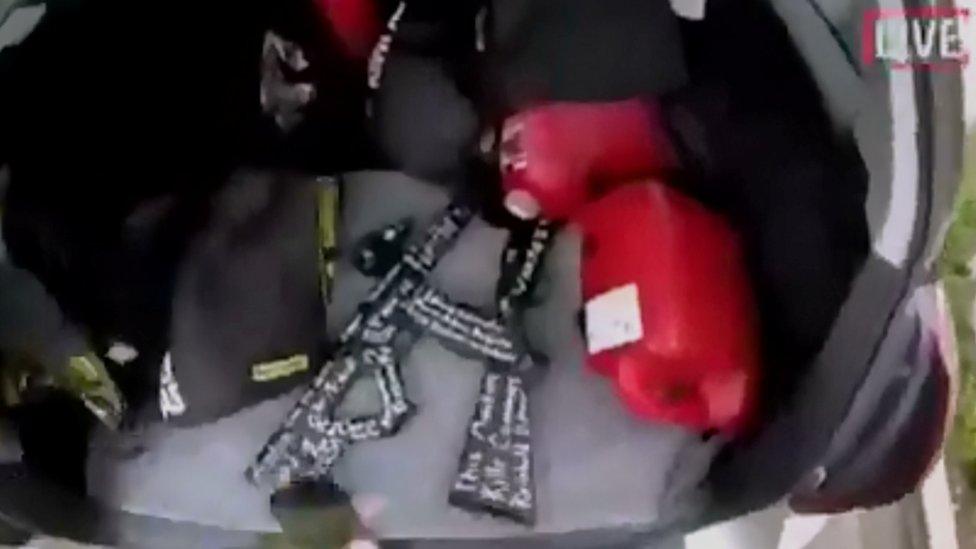
Weaponry shown in the footage circulating of the attack
Mr Erdogan pointed to specific mentions of Turkey by the suspect in his manifesto.
The president said the suspect had visited Turkey twice and wanted Turkish Muslims removed from Turkey's European territory on the western side of the Bosphorus.
Mr Erdogan told a rally in Gaziantep: "What does it say? That we shouldn't go west of the Bosporus, meaning Europe. Otherwise, he would come to Istanbul, kill us all, drive us out of our land."
Semi-blurred footage of part of the mosque attack was shown on screens at at least three rallies, along with extracts said to be from the online manifesto.
Mr Erdogan also criticised the leader of Turkey's main opposition CHP party, Kemal Kilicdaroglu, showing a clip of him talking about "terrorism rooted in the Islamic world".
What has been the response?
Mr Peters said he had made clear his opposition to Turkish officials who have travelled to New Zealand in the wake of the killings, including Foreign Minister Mevlut Cavusoglu.
Mr Peters said: "Anything of that nature that misrepresents this country - given that [the suspect] was a non-New Zealand citizen - imperils the future and safety of the New Zealand people and our people abroad and it's totally unfair.
"We had a long dialogue on the need for any other country, or Turkey for that matter, to ensure that our country, New Zealand, was not misrepresented."
CHP spokesman Faik Oztrak, quoted by the Anadolu news agency, condemned Mr Erdogan for trying to make political capital out of the tragedy.
"Is it worth showing this bloody massacre in order to gain a few more votes?" he asked.
What has been the overall response to the footage?
The attacks were live-streamed on the suspect's Facebook page and, despite the original being taken down, footage was quickly replicated and shared widely on other platforms, including YouTube and Twitter.
Facebook said it had removed 1.5 million videos of the attack around the world in the first 24 hours.
But it also found its way on to the front pages of some of the world's biggest news websites in the form of still images, gifs, and even the full video.
In the UK the Daily Mirror and MailOnline came under attack for publishing the footage and several Australian media outlets also broadcast it.
New Zealand Prime Minister Jacinda Ardern said that Facebook and other social media giants had "further questions" to answer about how they responded to the event.
"Obviously these social media platforms have wide reach," she said. "This is an issue that goes well beyond New Zealand."
An 18-year-old appeared in court in New Zealand on Monday, charged with distributing the live-stream under a law experts said was commonly used to target the sharing of child pornography.
The teenager was also charged with publishing a photograph of the mosque with the message "target acquired" and faces a maximum of 14 years in prison for each charge, according to the prosecution.
- Published18 March 2019

- Published17 March 2019
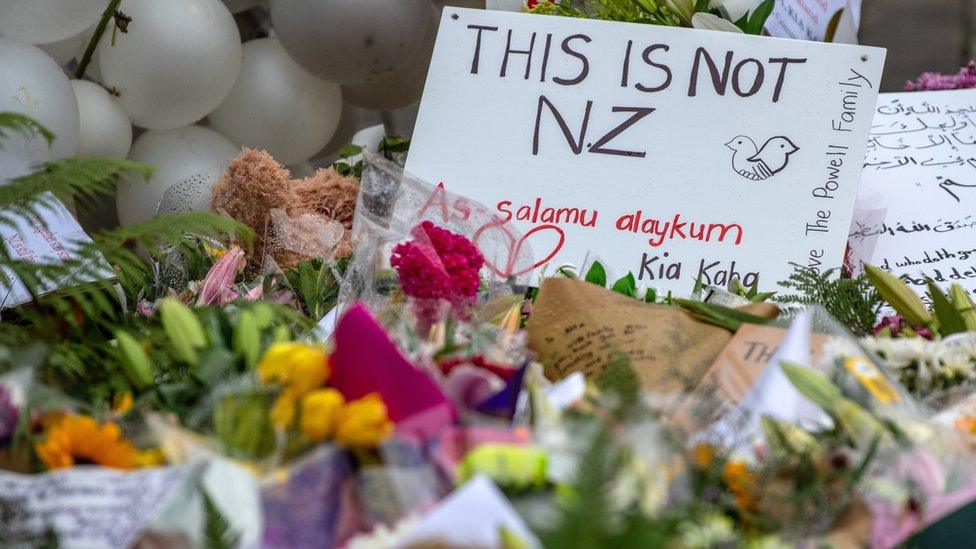
- Published17 March 2019
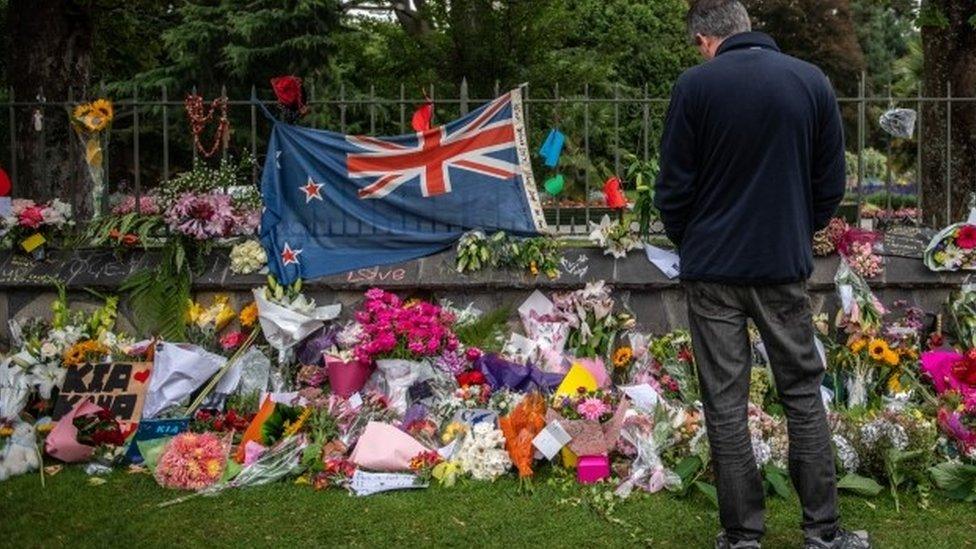
- Published18 March 2019

- Published17 March 2019
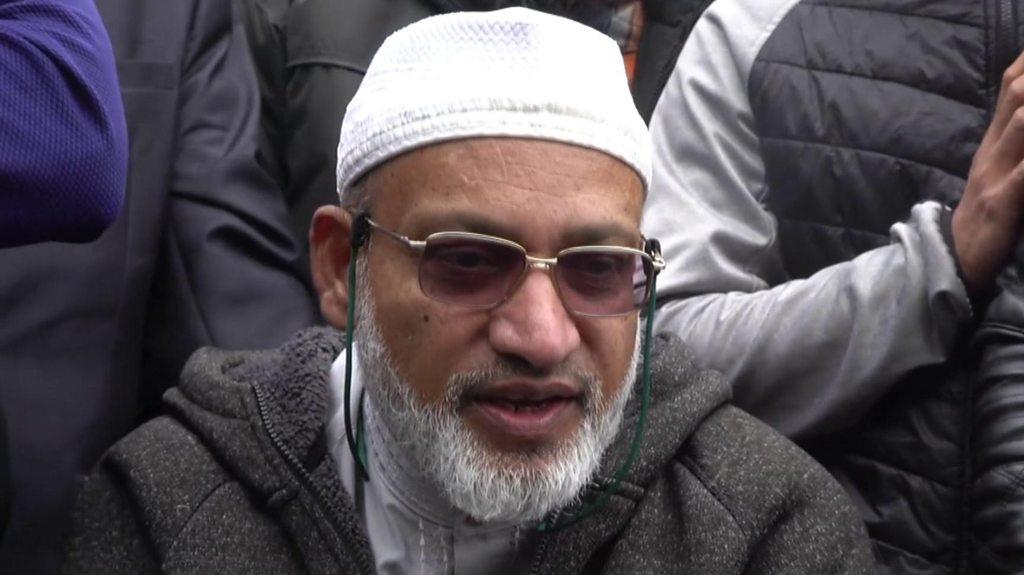
- Published17 March 2019
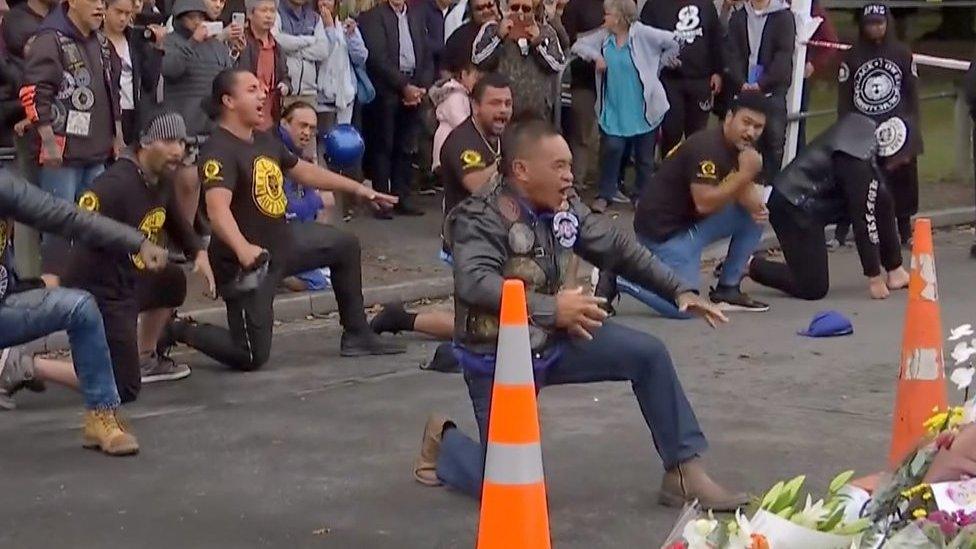
- Published17 March 2019
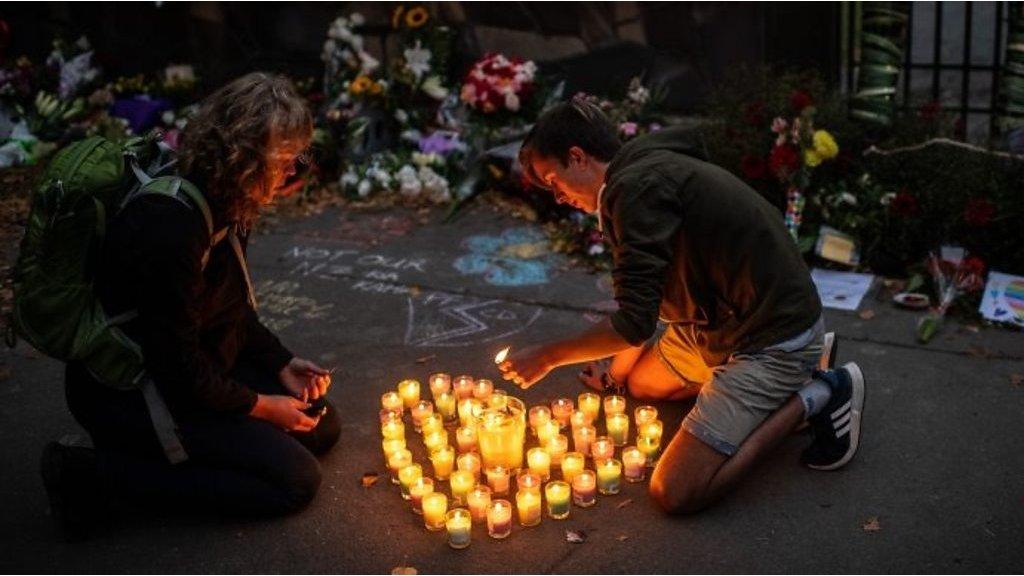
- Published16 March 2019
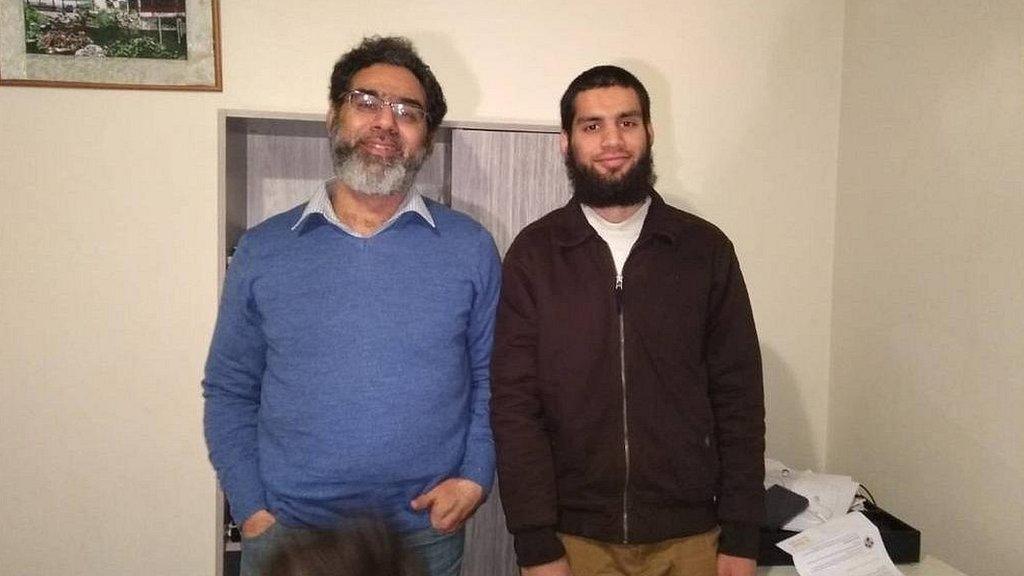
- Published18 March 2019

- Published21 August 2020
